✅ Last Update: May 18, 2025 @ 10:12 am
If you’re not used to driving on the left-hand side of the road, New Zealand might feel a bit tricky at first. But don’t worry—with a bit of practice and the right mindset, it becomes second nature pretty quickly.
To help you feel more confident behind the wheel, here are some easy tips to keep in mind while driving in New Zealand roads.
- These small habits can make a big difference and help keep your road trip smooth, safe, and stress-free.
1. Don’t Drive When You’re Tired
Driving tired can be just as dangerous as driving drunk—seriously. If you’re planning a long road trip, make sure you’re well-rested before hitting the road.
Try to get a good night’s sleep the night before, and watch what you eat. Sugary snacks might give you a quick energy boost, but they’ll make you crash later—and that’s the last thing you want when you’re behind the wheel.
- Take breaks, stay hydrated, and if you’re feeling drowsy, pull over and rest. It’s better to arrive late than not at all.
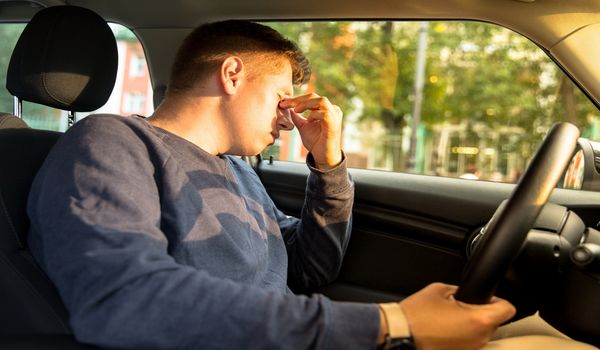
2. Minimize Distractions While Driving
Staying focused on the road is key—especially when you’re driving on the left in a new country.
In New Zealand, using your phone while driving is illegal unless you’ve got a hands-free setup. So, do yourself a favour and turn it off or stash it somewhere out of reach.
Before you take off, sort out your music or podcast playlist so you’re not fumbling with buttons while driving. And if you’re hungry or thirsty, pull over and take a proper break. Spilling a hot coffee or meat pie in your lap while navigating a winding road? Not ideal.

3. Buckle Up – It’s the Law
In New Zealand, seatbelts are a must—for everyone in the car, front and back. It’s not just a safety thing, it’s the law.
As the driver, you’re responsible for making sure everyone’s buckled in before you hit the road. So do a quick seatbelt check before taking off—it only takes a second and could save a life.
📌 For more information about rules when driving, check out the following post: Rules for Driving in New Zealand
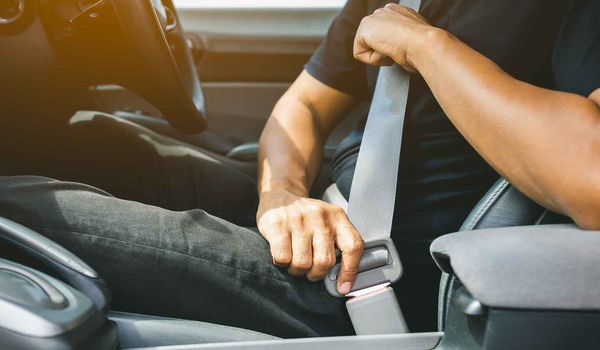
4. Keep a Safe Distance
Always give the car in front of you enough space—just in case they stop suddenly. You don’t want to be caught off guard.
A good trick is the two-second rule: pick something like a road sign or a tree, and once the car ahead passes it, count “one one-thousand, two one-thousand.” If you pass the same spot before finishing your count, you’re too close—ease off a little.
“It’s a small habit that makes a big difference, especially on unfamiliar roads”.
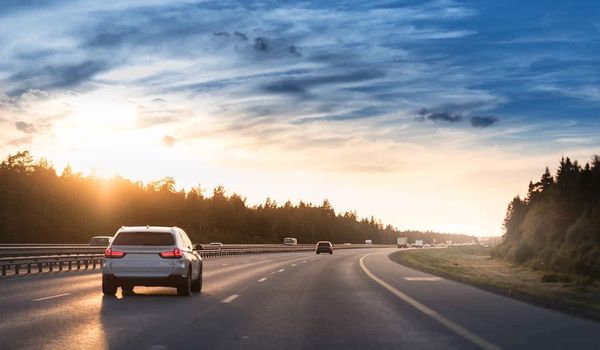
5. Don’t Drink or Use Drugs Before Driving
If you’ve had a drink—or anything that could affect your focus—don’t drive. It’s just not worth the risk, for your safety and for everyone else on the road.
As of May 2025, New Zealand’s legal limits are strict:
- Zero tolerance for drivers under 20—no alcohol allowed at all.
- If you’re over 20, the limit is 250 micrograms per litre of breath or 50 milligrams per 100ml of blood.
But here’s the thing: it’s hard to say how many drinks is “safe” because it depends on your weight, what you ate, and the strength of the alcohol. So the best move? Just don’t drive if you’ve been drinking.
Police carry out regular roadside breath tests, and if you’re over the limit, you could lose your license—or worse.
Same goes for drugs—anything that affects your ability to drive is illegal, even if it’s prescribed.
“Play it safe. Designate a sober driver, catch a rideshare, or wait it out. Your road trip will be better for it”.
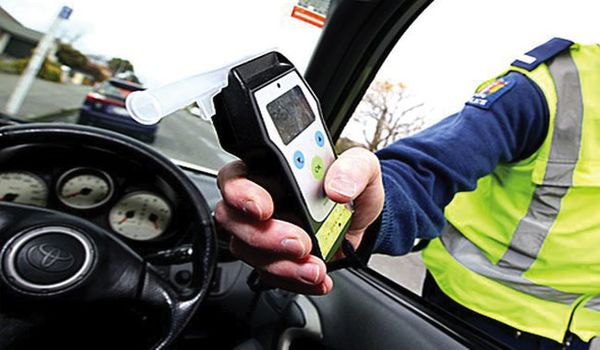
6. Get to Know Your Campervan
Before you hit the road in a campervan or rental car you haven’t driven before, take a few minutes to figure out where everything is.
Where are the indicators? How do you turn on the lights or wipers? What about the hazard lights, horn, or adjusting the radio volume?
Also, learn how to use the heater, aircon, and demister—you don’t want to be fumbling with buttons in the middle of a rainy drive or a foggy morning.
“Knowing your vehicle makes the ride smoother, safer, and way less stressful”.

7. Watch Out on Country Roads
Driving through New Zealand’s countryside is stunning—but the roads can throw a few surprises your way.
Country roads are often narrower than highways and might not have many places to pull over. You could come across sheep or cows on the road, especially in rural areas where fences aren’t always secure.
You’ll also likely see slow-moving farm vehicles like tractors or quad bikes. Be patient, take your time, and don’t try risky overtakes—just enjoy the views and go with the flow.
Stay alert and drive at a safe speed, especially around bends or on gravel roads.
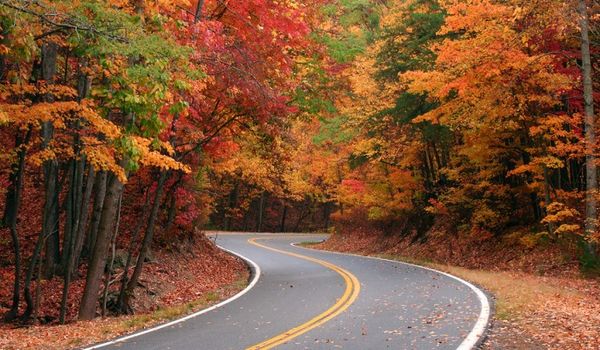
8. Drive to the Conditions
New Zealand’s weather can change fast—one minute it’s sunny, the next you’re driving through rain, fog, or even snow, especially in the mountains or higher areas.
If the weather gets rough, slow down and take it easy. That “100 km/h” sign? It’s a limit, not a goal. If it doesn’t feel safe, don’t push it.
You might also face high winds, slippery roads, or low visibility, so stay alert and drive at a speed that suits the conditions—not what the sign says.
It’s better to arrive a bit later than not at all.
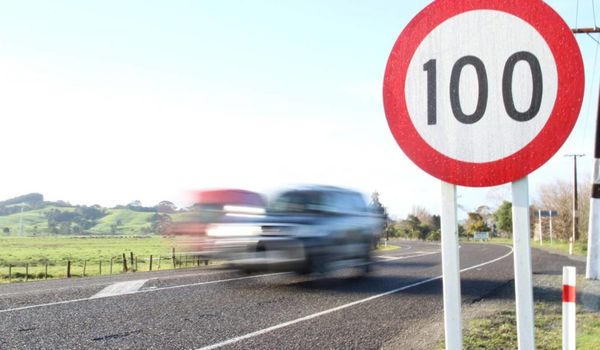
9. Know What’s Coming Up
Before you hit the road, spend some time checking your route and what’s ahead.
New Zealand has plenty of quirks like one-lane bridges, tunnels, steep hills, gorges, and gravel roads that can catch you off guard if you’re not ready.
Knowing these spots in advance helps you stay calm and confident—no surprises, just smooth cruising. A quick look at your map or GPS before driving can make all the difference.
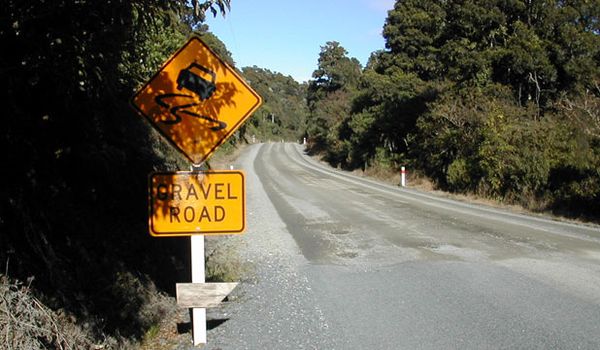
10. Manage Passenger Distractions
Passengers can be fun company—but sometimes they can distract you while driving. Before you start your trip, set some easy ground rules.
Your front passenger can be your best helper by changing the music, giving clear directions, and reminding you to take regular breaks.
- If it makes sense, sharing the driving can keep everyone fresh and safe. A little teamwork goes a long way to keeping your road trip smooth and stress-free.








